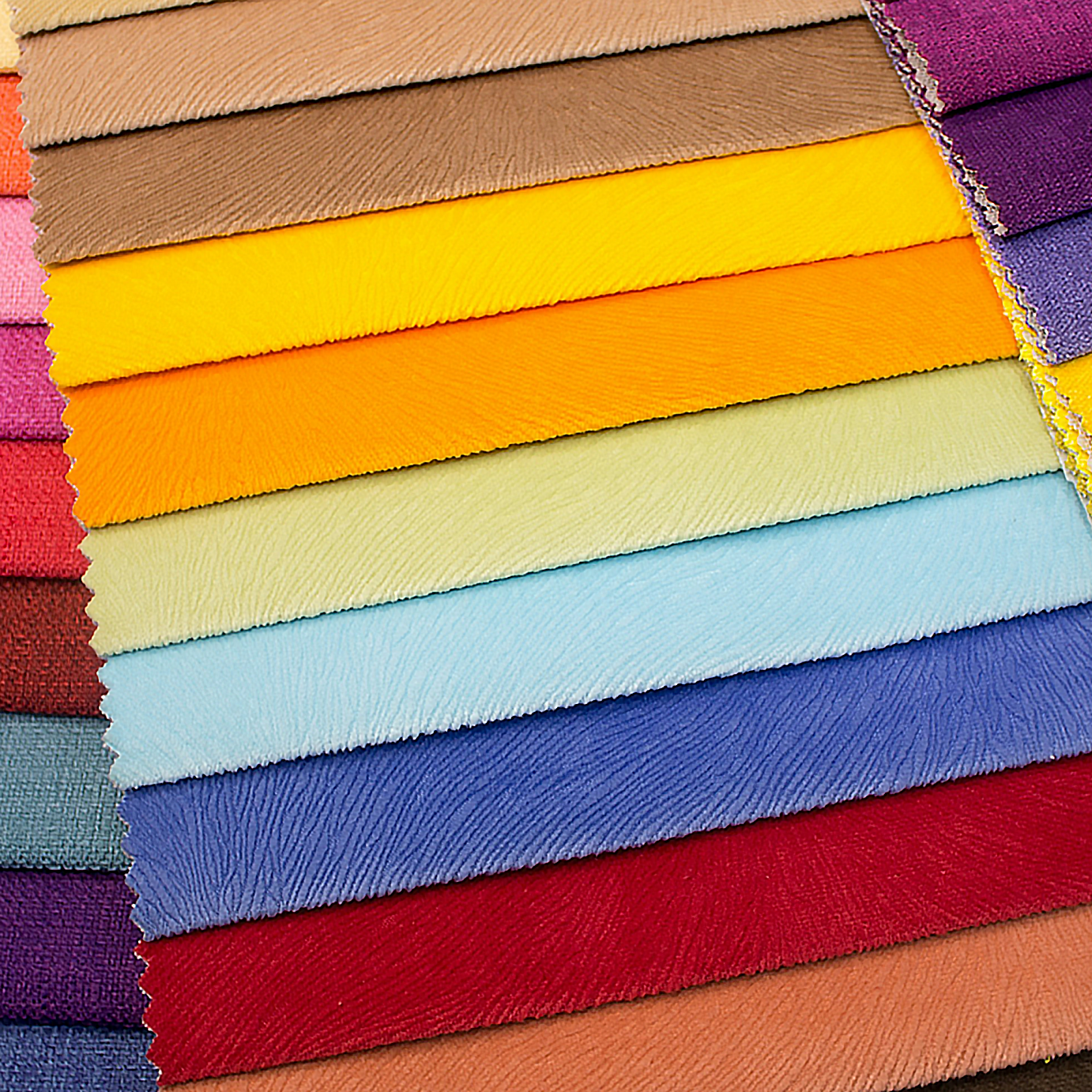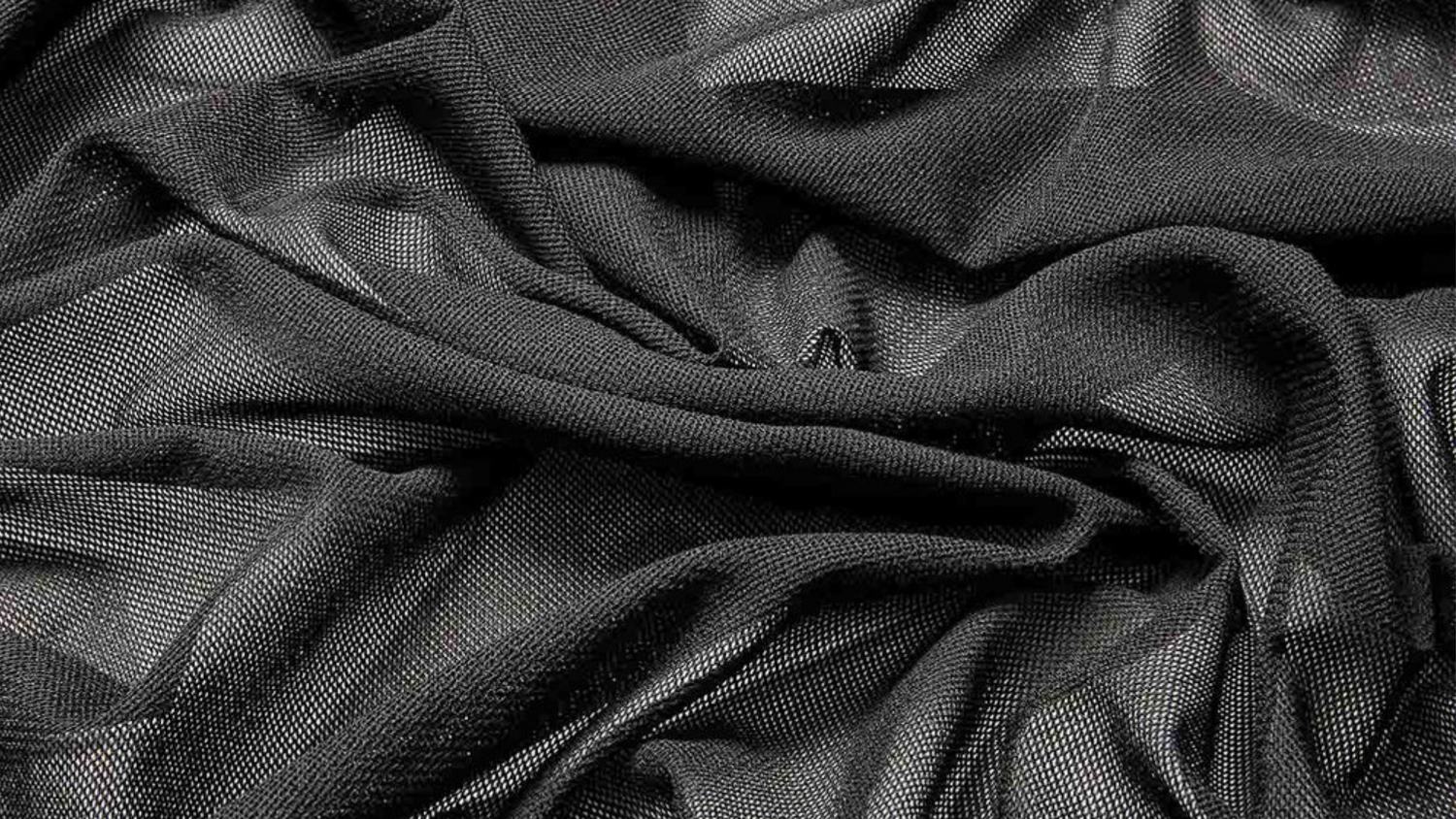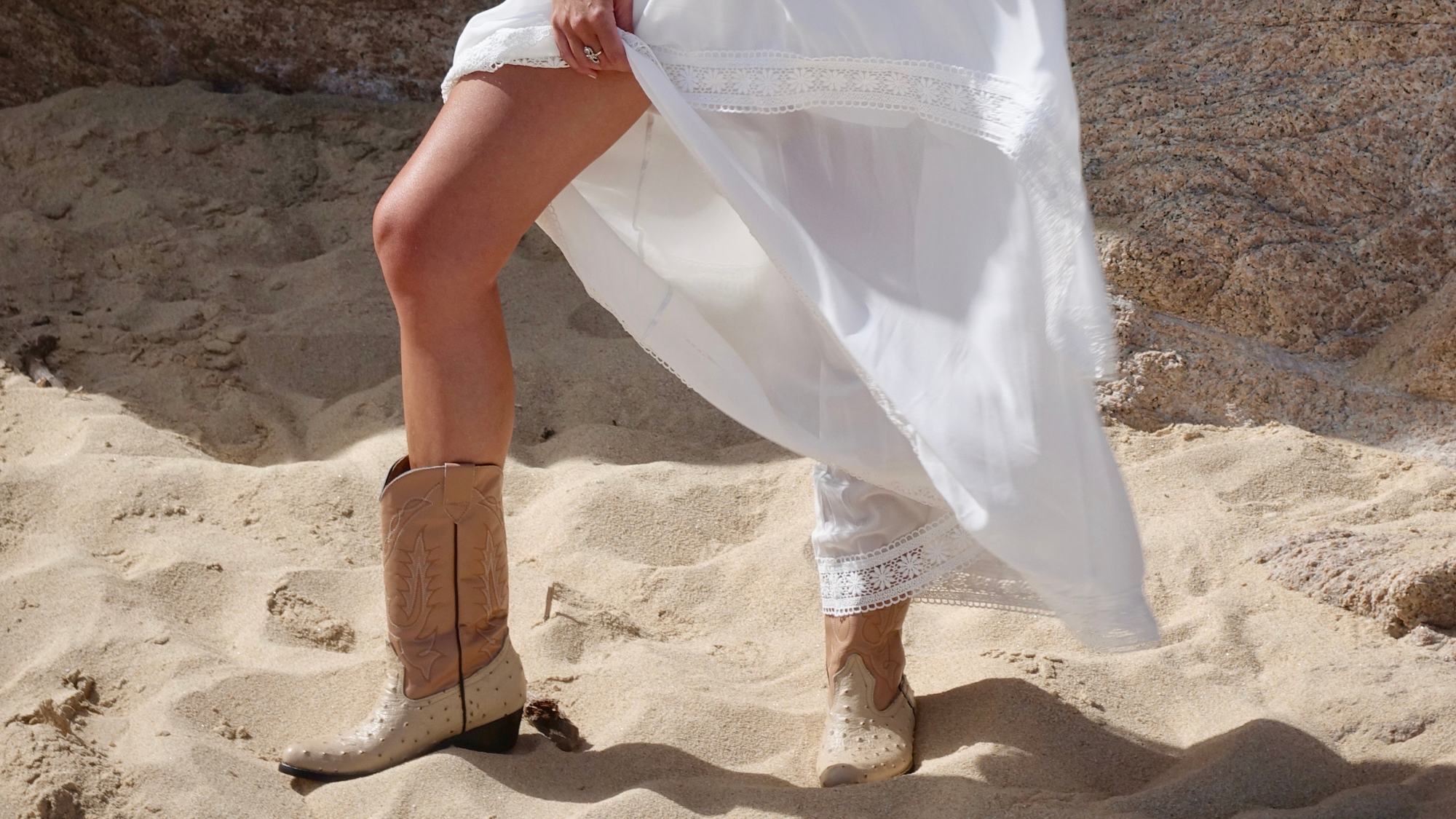
Mesh fabric is known for its breathability and ventilation, making it a perfect material for a summer outfit. It’s also a bold, statement-making fashion staple that can add a little edge and excitement to any ensemble. But how do you sew mesh fabric, and how easy is it to work with? Read on for our helpful tips for working with mesh fabric.
What is mesh fabric?
Mesh fabric is a textile characterized by its open, net-like structure. Often made from polyester, nylon, or other synthetic fibers, mesh fabric is created by interlocking or woven yarns in a grid pattern resulting in evenly spaced holes and recognizable grid texture. This open structure allows air to circulate freely, making it an excellent choice for breathable garments, sports apparel, and lining material.

Is mesh fabric challenging to sew?
Sewing mesh is easier than it may seem, but it is quite a delicate material. You may need to take more care than usual to make sure the fabric does not get stuck or torn in your machine. With the appropriate tools, like a fine needle and a lightweight thread, you’ll be less likely to pucker or pull on the fabric.

Pua Floral Embroidery Mesh in Petal/Cornflower from Zelouf Fabrics
Here are a few of our tips for sewing mesh fabric.
1. Use a fine needle. A fine needle is most appropriate for lightweight fabrics, so consider using a size 9 or size 11 needle. A sharp needle can work well, or if you’re sewing stretch mesh, try a ballpoint needle.
2. Opt for a lightweight thread. A lightweight thread is best when sewing mesh fabric. Polyester or nylon thread, for example, will be less likely to cause puckering or pull on the fabric.
3. Use clear thread or matching thread. Depending on your project, you can choose to use clear thread or thread that matches the color of the mesh fabric. Clear thread can be less noticeable, while matching thread can blend in seamlessly.
4. Choose the proper stitch. Straight stitches, zigzag stitches, or stretch stitches are all suitable for sewing mesh fabric, depending on the type of mesh you’re sewing and the desired outcome you have in mind. Consider experimenting on scrap pieces of fabric to determine the stitch that works best for your specific project. For example, if you’re using a stretch fabric, a zigzag stitch is an ideal choice as it will allow the material to expand.
5. Be mindful of seam allowances. Mesh fabric is often lightweight, so bulky seam allowances can create unnecessary bunching. Consider trimming down the seam allowances after sewing or grading them to make the finished project look more professional.
6. Pin your fabric. Mesh fabric can be slippery, so it's helpful to use pins or clips to hold the fabric in place during sewing. If you're experiencing difficulty handling the fabric or if it is excessively stretchy, consider using a stabilizer. Wash-away or tear-away stabilizers can provide temporary support while sewing, and can be removed once you're done stitching.
7. Use the right sewing machine foot. Consider using a walking foot or a Teflon foot when sewing mesh fabric. These specialty feet can help prevent the fabric from slipping or getting caught in the feed dogs, resulting in smoother stitching.
8. Reduce pressure on the presser foot. Mesh fabric is delicate, so adjust the pressure on the presser foot if your sewing machine allows it. Decreasing the pressure can help prevent the fabric from getting stretched or distorted during sewing.
9. Finish the seams. Mesh fabric tends to fray easily, so consider finishing the seams when sewing mesh to prevent any pesky unraveling. To do this, you can use a serger or overlocker, use pinking shears to trim the seam allowances or enclose the seams with French seams or bias binding. Backstitch or sew a few extra stitches at the start and finish of each seam to secure the threads.
10. Adjust the tension. Adjusting the tension on your sewing machine will prevent the fabric from getting stretched or puckered. You can test the tension on a scrap piece of mesh fabric first to find the optimal setting before sewing your project.
11. Be gentle. Mesh fabric is delicate, so take care not to handle it excessively while sewing, as this can stretch or distort the fabric. Minimize touching and pulling the fabric as much as possible during the sewing process to maintain its shape and integrity.
12. Practice makes perfect. Sewing mesh fabric may require some practice to get comfortable with its unique characteristics, so be patient. Take your time, sew methodically, and be sure not to rush as you work with this delicate material.
By using appropriate tools, adjusting your sewing techniques, and testing scrap pieces first, you can successfully sew mesh fabric and create beautiful garments or accessories. Don't be discouraged if it takes a few attempts to achieve the desired results. With practice, you'll become more comfortable working with this unique material.



